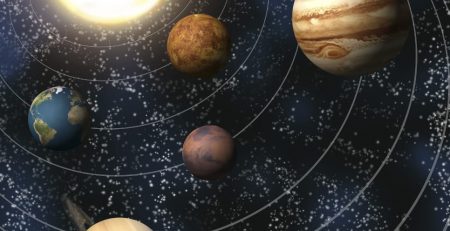Why is the Sky Blue?
It’s an age old question that has forever been met with a plethora of incorrect answers – but as Anthony D. Del Genio of NASA Goddard Institute for Space Studies and Columbia University explains, the answer may seem surprisingly simple – all you need to understand is the nature of sunlight and its interaction with molecules in the air.
Whether it appears to be the case or not, sunlight is a mixture of all of the colors in the rainbow. All light travels in a straight line until something interrupts it. When this happens, the light either reflects, bends, or scatters. A bightly lit sky is entirely dependent on having an amtosphere to interact with. A planet with no atmosphere would have only dark sky despite the suface being bathed in light, as was shown by photographs taken by the Apollo astronauts on the Moon’s surface.
The blue component of the spectrum is significantly shorter than the red waves at the other end of the spectrum, so when the light passes through the atmosphere, the blue portion of the spectrum causes charged particles to produce more scattered light. “The result is that blue light is scattered into other directions almost 10 times as efficiently as red light,” Scientific American wrote. Even more interestingly, violet waves scatter more strongly than blue, however as our eyes are more sensitive to blue, to us the sky appears blue.
When the sun begins to set in the evening, the opposite actually occurs. As the sun gets lower in the sky, its light is passing through more of the atmosphere to reach you, coming across our line of site, rather than radiating down at us from above. The red wavelengths are able to pass through the atmosphere without being so strongly scattered, which allows the red wavelengths to reach our eyes.














